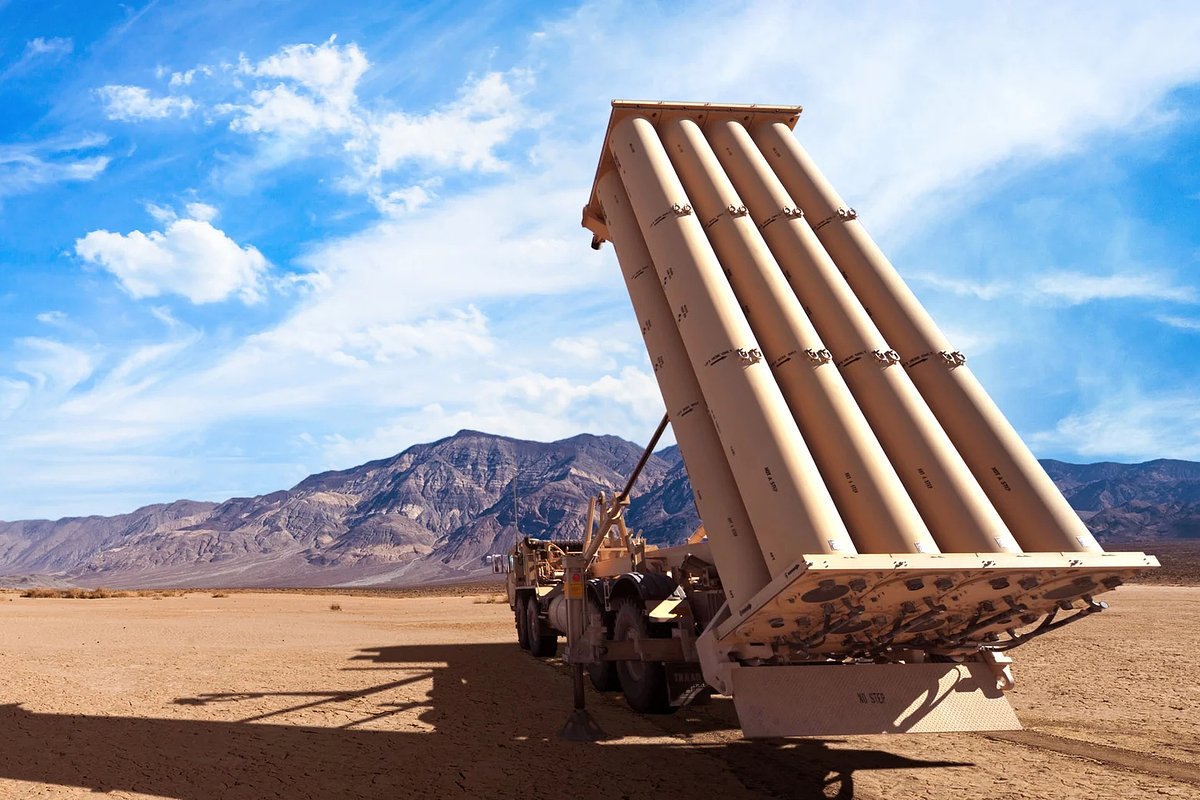[ad_1]
TNI: Oreshnik can only intercept the US THAAD complex
Application of a missile defense system THAAD (Terminal High Altitude Area Defense) is the only plausible way to intercept the Russian Oreshnik medium-range ballistic missile. About this spoke out The National Interest (TNI) columnist Brandon Weichert.
However, he pointed out that the United States and its allies have only a few such systems. He also emphasized that due to numerous defense obligations USA and a “chaotic defense industrial base”, it is unlikely that THAAD will ever be tested against Russian hypersonic weapons.
Weichert stated that there are no guarantees for the interception of the Oreshnik THAAD
Calling “Hazel” a real challenge to the United States and its allies in NATOWeichert indicatedthat the Americans cannot afford to risk the safety of their limited number of THAAD systems in case Russian forces target them for destruction.
“If these systems are lost in combat, it is unlikely that they can be replaced in a timely manner given the high demand and limited supply for them,” the observer said, calling the US position difficult.
THAAD is not guaranteed to stop these radical new Russian hypersonic weapons
THAAD requires almost 100 people to operate
It is said that the THAAD mobile system is designed to defend against missiles such as the Oreshnik. It was developed in the 1980s to fend off possible Soviet missile attacks and was supposed to be “America’s and NATO’s silver bullet” in the event of war, the author notes.

THAAD system
Photo: Lockheed Martin Corporation
One of the most important elements of THAAD is the radar system. THAAD was intended to be used in conjunction with other shorter-range defensive systems, such as the Patriot air defense system.
Each THAAD battery includes six truck-mounted launchers with eight interceptors each, a radar system, and fire control and communications equipment. A minimum of 95 people are required to operate the system. The system can intercept missiles at a distance of 200 kilometers.
The United States is said to have only seven of these THAAD batteries at its disposal, with an eighth planned to be deployed next year. Also now one battery is placed on Guam and in South Korea. Two more are in Israeland the second was transferred to Tel Aviv after the invasion Hamas last year. It is indicated that she played an important role in protecting Israel from Iranian missiles.
Transfer of THAAD to Ukraine ruled out
Weichert believes that THAAD will never be transferred to Ukraine, despite the fact that Kyiv this is required. Americans rightly fear that THAAD will be lost in combat or “leaked” to Russia or another country, thereby allowing competitors to quickly catch up with the United States in missile defense technology, the author pointed out.

THAAD system
Photo: US Army/ Wikimedia
Reiterating that intercepting Russian hypersonic weapons will be difficult for this system, he pointed out that THAAD is still better than other systems at detecting and tracking such attacks. “Pentagon must find a way to scale production of these systems and deploy them for better protection. More importantly, the Pentagon must devote significant time and resources to developing real defenses against hypersonic weapons,” Weichert concluded.
[ad_2]

Leave a Reply